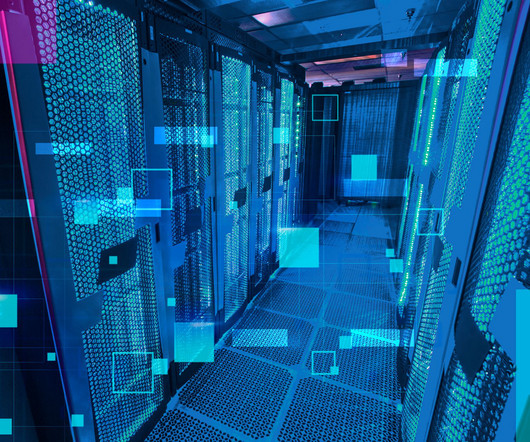Avoiding Last-Mile Challenges for Remote Workers
CIO Business Intelligence
AUGUST 25, 2022
This needs to be a multidimensional review: Computational requirements Storage requirements (local, remote, and backup) Voice communication requirements Video communication requirements Security requirements Special access requirements (e.g. Best Practice 3: Helping employees choose the right hardware can go a long way.














Let's personalize your content